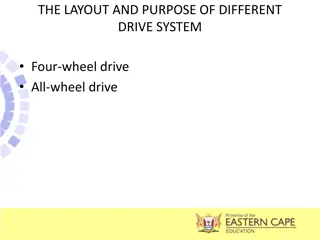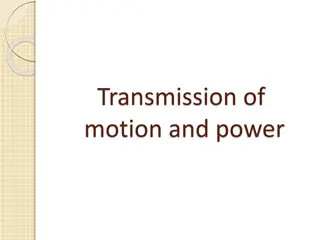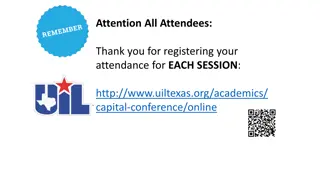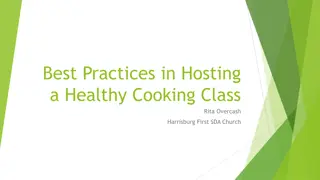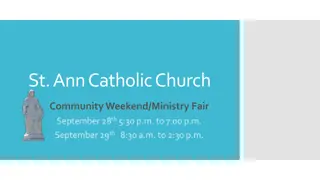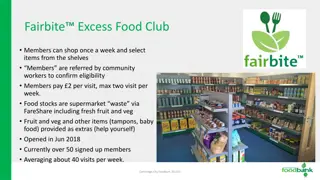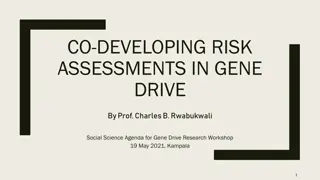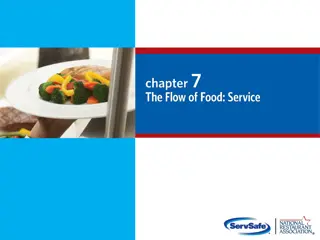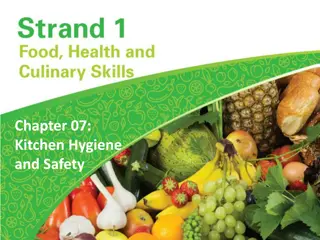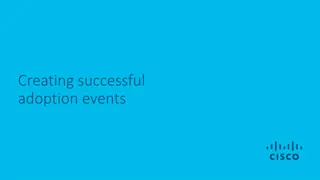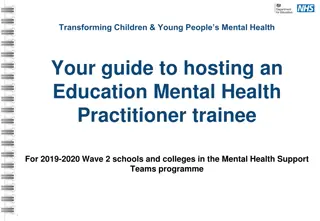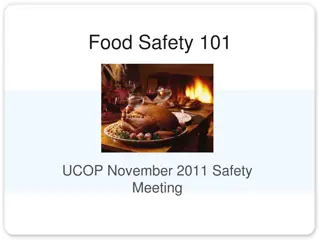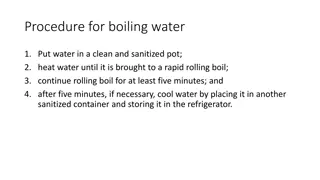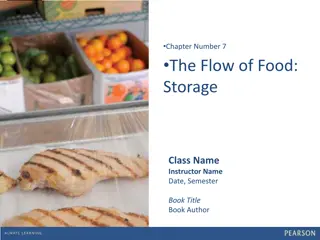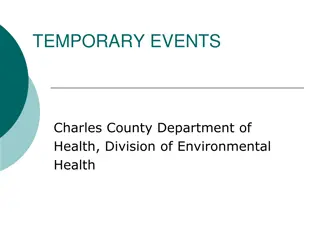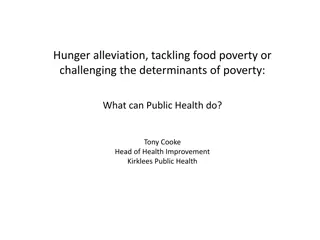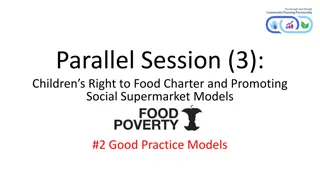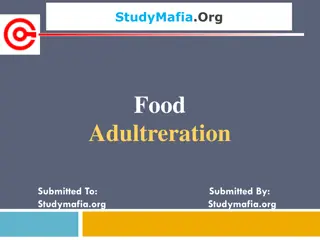Hosting a Successful Food Drive: Tips and Guidelines
Hosting a food drive can be a powerful way to bring compassionate individuals and groups together to combat food insecurity in communities. This resource provides guidance on organizing a food drive, connecting with local pantries, and partnering with organizations like the Great Plains Food Bank. Learn how to set goals, collect donations, and make a meaningful impact in the fight against hunger.
Download Presentation

Please find below an Image/Link to download the presentation.
The content on the website is provided AS IS for your information and personal use only. It may not be sold, licensed, or shared on other websites without obtaining consent from the author. Download presentation by click this link. If you encounter any issues during the download, it is possible that the publisher has removed the file from their server.
E N D
Presentation Transcript
Food drives serve as a powerful tool to bring together compassionate, community-minded individuals and small groups who are determined to make a difference in the lives of neighbors facing food insecurity. Help get food to those to need it today. To most immediately benefit your pantry/a pantry in your community, encourage individuals and small groups to donate food directly to you, or hold a food drive on your own. This is a direct approach to help end hunger today. I thought that s what a food bank does. Great Plains Food Bank is mostly focused on sourcing, accepting, and distributing large-scale food donations (pallets and volume quantities of items) which get distributed all across a service area, so the timeliest way to get products from a local food drive into the hands of people struggling with food insecurity is directly through your local pantry.
Anyone can host a food drive! Whether you are a food pantry, business, small church group, family, or individual, you can custom make a food drive for your abilities. You set the goal, duration, location, and imagination (theme, etc., if you want one). A variety of products are helpful and can be accepted. Whether food has been collected as a group, a kitchen pantry needs cleaning out (make sure the items are close-to-code/out of code items with extended use-by dates) or a small garden is over- producing, you/your community pantry will make sure the donations get to those in need. No donation is too small. A link to types of products suggested by Great Plains Food Bank is in the toolkit that follows.
Food Drive Toolkit: Nuts and Bolts Contact information for person in charge of organizing the food drive. Name (First & Last)/Organization/Business Street Address, City, State, Zip, Phone, Email Who is holding the drive? Who would you like to work with/are you working with to hold a drive? There are a lot of different groups that hold food and fund drives each year. From businesses, non-profit organizations and government agencies to community groups, public events, and families. Schools, student groups, sporting teams and parent-teacher associations host drives too, as do churches and other places of worship.
Do some homework. While it is not necessary, contact your local pantry to let them know you are planning a drive. Learn from them about specific needs, be open to their suggestions, and ask if there is an ideal timeframe/date for them to receive your items. See if there are other details they might want to share with you to help the drive be successful. Find a Food Pantry/Great Plains Food Bank Partner Feeding Network Use this link to connect with a Great Plains Food Bank partner food pantry to make arrangements for your food drive. https://www.greatplainsfoodbank.org/get-help/partner-food-pantries Each year Great Plains Food Bank distributes more than 14 million pounds of food and grocery products to nearly 200 partners across North Dakota and Clay County, Minnesota. This network, comprised of food pantries, soup kitchens, emergency shelters, afterschool programs, and other charitable feeding programs, are on the front lines every day distributing the food we supply directly into the hands of hungry children, seniors and working families.
What are the dates of the food drive? Address where food drive will be held. Will this event be held at multiple addresses? A challenge among locations can be fun! Select the specific good(s) to collect and a pound/metrics goal. You can hold a general food drive or create a theme (gluten-free food, protein, birthday, diapers, personal care items, pet supplies, spices, etc.). This guide of products Great Plains Food Bank accepts could be helpful. https://www.greatplainsfoodbank.org/take-action/join-us-as-a-partner/products-we-accept/ Set a pound goal or other metrics to help you evaluate and report on your success. A typical food drive yields 250 pounds.
Put together a team/committee to organize. Think about how to promote the event (social media is great), who will put collection boxes out, make posters, send emails or texts out to coworkers/friends/family who would be interested in supporting the drive. Who will take pictures and write a message to document your success and share gratitude to those who participated? Promote the drive. Record donation metrics based on your goals. You can talk about this in pounds collected, types of products collected, etc. Deliver your donations to your local food pantry. Capture photos and stories. Share your gratitude, impact stories, and final results with your team! Evaluate and make plans for the next one!



